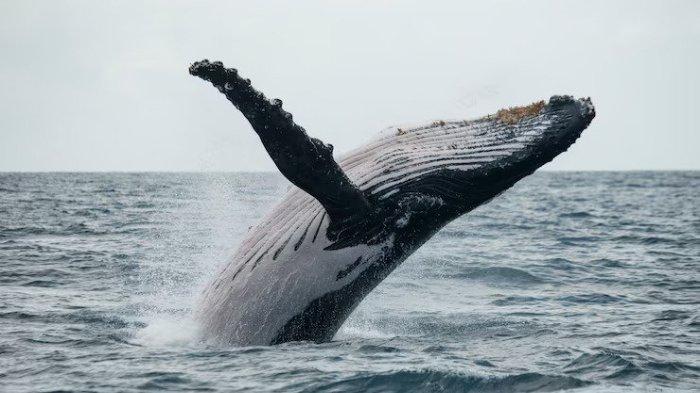Crusted, yellow-white growths on the right whale’s head, jaw, and blowhole area are called calluses.
The collection of natural characters like these helps researchers in photographs identification studies.
Rorquals have a broad, flat rostrum and a slightly arched jaw.
Some species have a protrusion at the rostrum and a V or U shape at the tip of the snout.
While the humpback whale has multiple bumps on its head.
Gray whales have a narrow head with a slight indentation in the jawline.
Unfused cervical vertebrae allow flexibility in the head and neck area.
Baleen
Baleen whales have baleen in their mouths, so no teeth.
In the mouth of a baleen whale, a hard plate of keratin grows from the gums of the upper jaw.
These plates are called baleen and grow on each side of the mouth in sequence.
Keratin is a fibrous protein that also makes up hair and nails. It is strong but relatively elastic.
Baleen, like human hair and fingernails, grows over the course of a whale’s life, and their edges are constantly worn down.
The color of Balin plates varies from black to yellow to white, depending on the species.
The outer edge of each panel is smooth, the inner edge is torn, and the inner edge of the torn panel is woven together into a mat.
The Balin plate appears in fetal whales as a thickening of the skin on the upper jaw.
Leather
Baleen whales have smooth skin with no sebaceous glands or pores.
The epidermis is about 5 to 7 mm thick.
Many species have sparse hairs on the snout, jaw, and chin.
The lack of feathers in whales is an adaptation for more efficient swimming.
However, various parasites can infest the skin of baleen whales.






